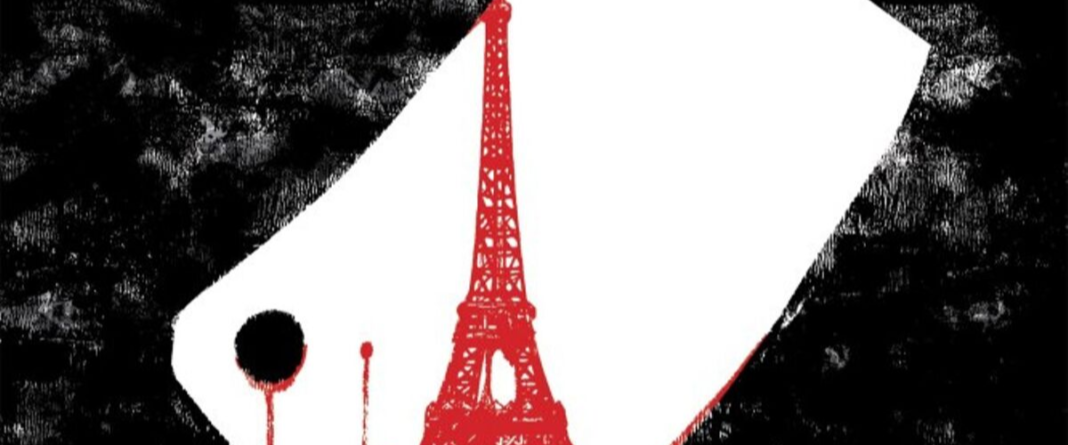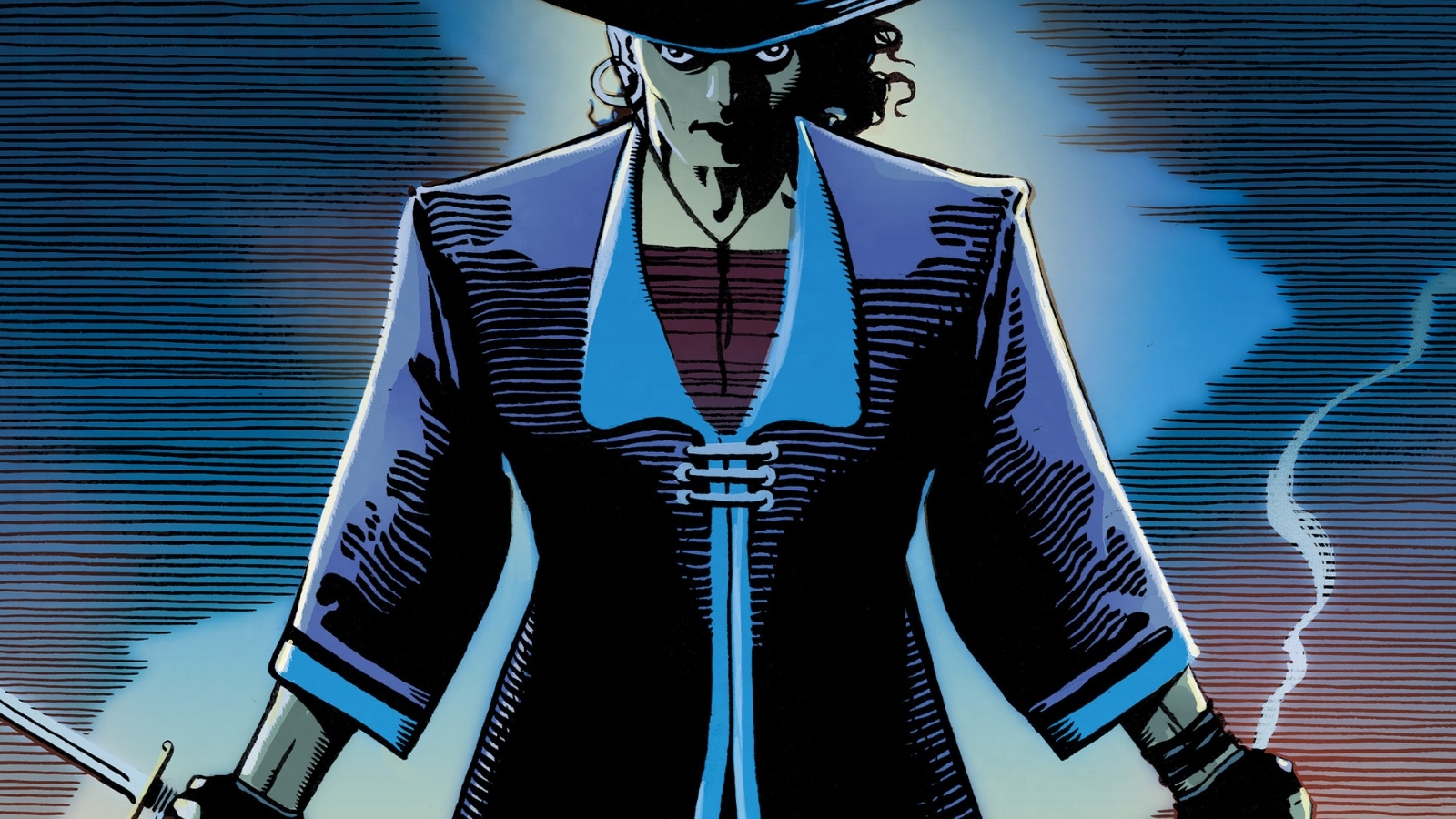I’m a history student, and I’ve spent a lot of time studying World War II from various angles, such as from cultural or economic perspectives. The Nazi occupation of France in particular is something that’s always interested me, and it’s genuinely bugged me that there isn’t a large swath of content out there that history fans like me would appreciate.In that regard, The Butcher of Paris scratches an itch that’s long bothered me.
Imagine my surprise when the series was announced a couple of months ago. It’s unabashedly historic and immediately sucks you in, telling the story of Nazi-occupied France as they deal with a serial killer, while also having to survive under Nazi rule.
The titular character, the killer Marcel Petiot, is more of a shadowy figure than a visible threat. In the meantime, writer Stephanie Phillips, artist Dean Kotz, colourist Jason Wordie, and letterer Troy Peteri.
I read the first issue and this series looks to be one that will slowly spread dread over the course of its five issues, focusing instead on the people of France and how they’re living under Nazi rule rather than focusing directly on the butcher in question.
In anticipation of the book’s release, The Beat spoke to Phillips about the project and what inspired her to take it on, as well as the research that went into the story.
The Beat: How did you first find out about the butcher in question, Marcel Petiot?
Stephanie Phillips: I was actually reading a book about the occupation of France and came across a brief mention of Petiot’s trial. It was a passing comment about a serial killer that I really wanted more explanation about. It seemed like a crazy concept to consider a serial killer using the Nazi occupation for personal gain. As I read more about the case, I knew this was a story I wanted to tell.
The Beat: What kind of research went into writing this story?
Phillips: There actually aren’t that many books about Petiot out there, but I read everything that even mentioned his name. I also read a lot about Paris during WWII to better understand the time period and the city under occupied rule. Finding specific information about some of the other characters, like Detective Massu, was a little more challenging. This information primarily came from newspaper articles about any case where Massu was mentioned. At this time definitely tested the limits of my AP French classes…
The Beat: Were you surprised by what you found in terms of research, or was it more along the lines of what you expected to find?
Phillips: Everything about Petiot and this case is bizarre and grotesque, but I don’t think I went into the research with any kind of expectation. I was just open to understanding the people involved and the time period as best I could.
The Beat: The Butcher of Paris reads more like a cultural history than an academic one, where the people of France and their plight is almost more of a focus than Petiot. Not to get too nerdy, but it reminded me of a book called What Soldiers Do which analyses what French women went through during and after the Nazi occupation. Was that approach to the world what you intended?
Phillips: Yes, that was definitely a conscious decision. I was always been a bit tentative about working in the realm of true crime because I don’t particularly like the idea of giving voice to monsters or creating “murder porn.” This story could absolutely be written with way more blood and severed limbs (and I’m positive Dean could draw that amazingly well), but this story really isn’t about the gory details. The focus is on the human interactions and reactions to a world crisis that opened the door for Petiot to use the occupation as cover for his crimes. While we may not see Petiot in the story very much, his shadow is cast over the entire city.
The Beat: I find it fascinating and timely that with the people of France living under Nazi rule, they unfortunately have to deal with a threat from within in this French serial killer. Do you see any parallels to today’s struggles in that regard or is telling a story set in World War II your primary concern?
Phillips: In Pittsburgh in October 2018, eleven lives were lost when a shooter opened fire in a synagogue during the Shabbat morning service. In August of this year, both a Connecticut and New York synagogue were vandalized with anti-Semitic graffiti. Before that it was an Indiana synagogue, and Los Angeles, and Chicago… the list goes on. So, yes, I see a lot of modern-day connections to a story that largely discusses complicity and empathy. In college I had the opportunity to meet Elie Wiesel, a Holocaust survivor and the author of Night. Until his death, Wiesel was an educator hoping to help a younger generation connect to history on a personal level and, hopefully, not repeat the mistakes of the past. Wiesel once said, “We must take sides. Neutrality helps the oppressor, never the victim. Silence encourages the tormenter never the tormented.” I hope that The Butcher of Paris asks the reader to consider the themes of silence, empathy, and complicity and how we can apply those to modern-day rhetoric concerning fascism, Nazism, and hate speech of any kind.
The Beat: Your artistic collaborator, Dean Kotz, does some wonderful work here. What is your collaboration like and did he bring anything to the story that you didn’t see coming?
Phillips: Dean is a fantastic storyteller. He can make even a seated conversation feel so active on the page. It’s really wonderful to have such a great team with Dean, colorist Jason Wordie, and letterer Troy Peteri.
The Butcher of Paris #1, the first of five issues, hit stores tomorrow on December 5. Make sure to head to your local comic shop or ComiXology to pick it up!







